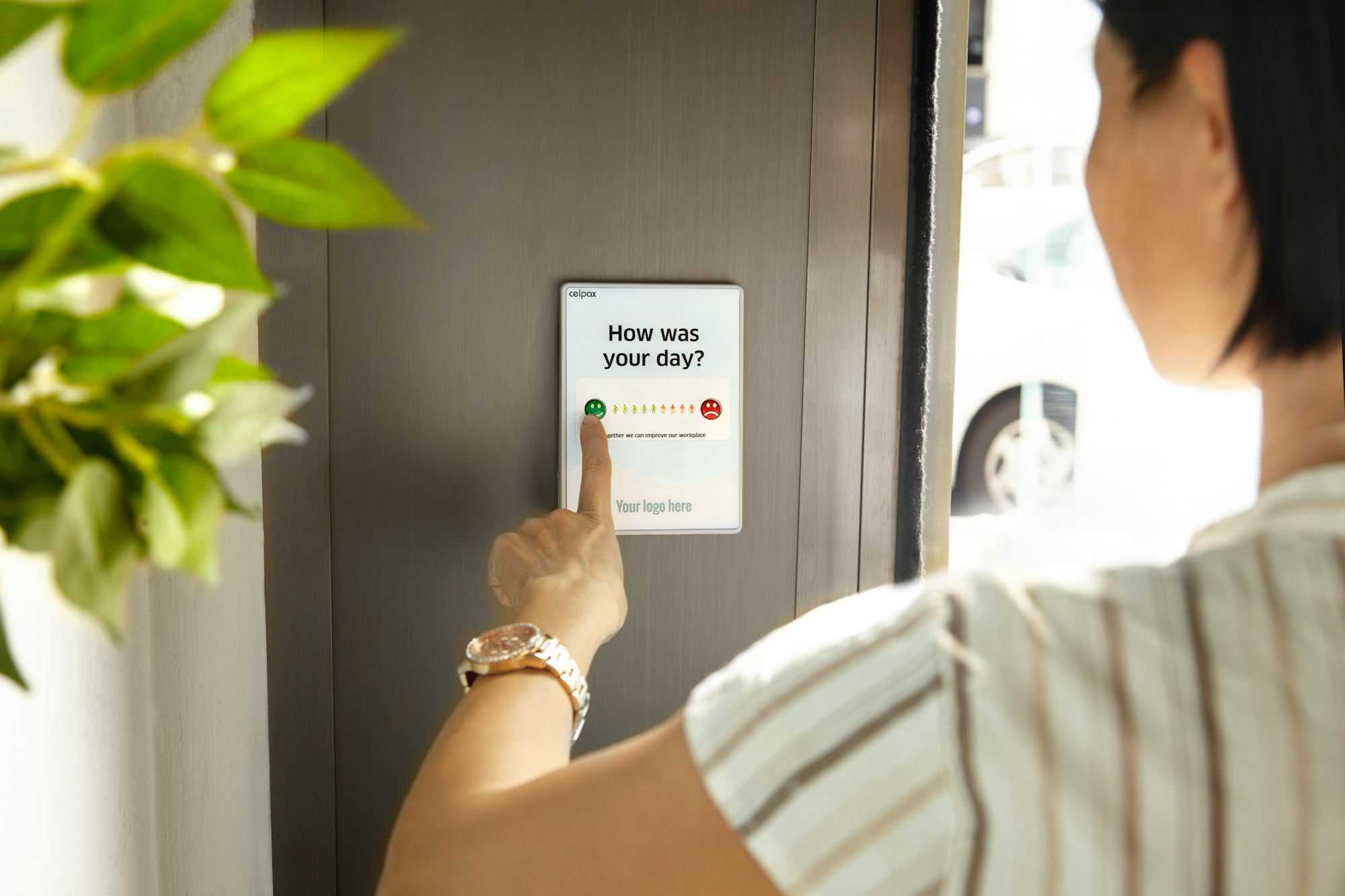10 Ways to Implement Effective Time Clocking in Your Business

In today's fast-paced business environment, time management is a critical factor that impacts overall productivity and efficiency. Ensuring effective time clocking can boost employee morale, reduce stress, and ultimately lead to a more engaged workforce. Here are ten ways to streamline your business's time clocking system:
1. Define Clear Expectations and Goals
Defining clear expectations and goals is the first step towards effective time management. When employees know precisely what they are expected to achieve, they can plan their time accordingly. Outline the expected outcomes of each role, the key performance indicators, and provide a reasonable timeframe for achieving these goals.
Regularly communicate these expectations and ensure everyone understands their part in the company's objectives. This clarity not only aligns everyone's efforts but also fosters a sense of purpose and motivation.
2. Use a Reliable Time Clocking System
The backbone of effective time clocking lies in a reliable system that accurately captures and records work hours, breaks, and absences. By minimizing human error and bias, such a system enhances transparency and trust within the organization.
Furthermore, it ensures that employees are fairly compensated for their time, which can significantly boost morale and job satisfaction. When selecting a time clocking system, consider its ease of use, accuracy, and how well it can integrate with other existing systems in your organization.
3. Train Your Team on the Time Clocking System

Having a great time clocking system in place is not enough. Ensuring your team knows how to use it effectively is key. Provide comprehensive training sessions that cover every feature of the system – how to clock in and out, record breaks, report absences, and even how to interpret the data it provides.
Regular training refreshers can help reinforce this knowledge, minimize errors, and maintain consistency in time clocking across the organization. Remember, the goal is not just to use the system but to use it well.
4. Implement Flexible Working Hours
Workplace flexibility is no longer a perk; it has become an expectation in many modern workplaces. The reason for its popularity is its undeniable impact on work-life balance and, by extension, productivity. Allowing employees to adjust their work hours based on their personal responsibilities, peak productivity periods, or even traffic patterns can reduce stress, cut down wasted time, and improve overall job satisfaction. Keep in mind that flexibility does not equate to a lack of structure but represents a more adaptable one.
5. Encourage Regular Breaks
Regular breaks are crucial in the fight against mental fatigue and burnout. Encourage employees to take short, frequent breaks away from their workstations. This could be to stretch their legs, hydrate, snack, or engage in a non-work-related activity. These breaks allow the mind to rest and rejuvenate, ultimately leading to sustained productivity levels throughout the day. Creating a company culture that understands and respects the need for breaks can significantly improve the overall work environment.
6. Foster a Culture of Accountability
Time clocking isn't just about tracking hours worked; it's also about promoting a sense of responsibility and ownership over one's time and tasks. By using a time clocking system, employees can visualize how their time is spent, which in turn, allows them to better manage their productivity. Managers can reinforce this by creating a culture where accountability is valued, and achievements are recognized.
7. Use Time Clocking Data Constructively
Time clocking systems provide a wealth of data that goes beyond mere hours and minutes. This data, when analyzed, can offer valuable insights into work patterns, productivity trends, and potential bottlenecks or areas for improvement. Managers can use these insights to make informed decisions, realign work processes, and devise strategies to boost efficiency and effectiveness across the organization.
8. Avoid Micromanaging

Though time clocking is a crucial management tool, it's essential to ensure that it's not used as a means for overbearing oversight. Trust is a fundamental aspect of any successful team, and employees must be trusted to manage their time effectively. Instead of scrutinizing every minute, use time tracking as a tool to support your team, offer help where needed, and encourage autonomy.
9. Implement Regular Reviews and Feedback
Regular reviews and feedback sessions are excellent opportunities to discuss time management, productivity, and any issues that might be arising. These meetings should be a two-way conversation where employees feel comfortable sharing their ideas, concerns, and experiences. This open dialogue can lead to improvements in the system and foster a sense of inclusivity and respect within the team.
10. Leverage Technology for Wellbeing with ASA

ASA combines time clocking with features to support employee mental wellness, providing a well-rounded solution for modern businesses. Alongside its efficient time management features, ASA offers functionalities designed to encourage self-care, mindfulness, and mental wellbeing. By promoting a balanced approach to work, ASA contributes to creating a more productive and healthier work environment.
In conclusion, effective time clocking extends beyond merely tracking work hours. It's about fostering a culture that values time, promotes productivity, and prioritizes employee wellbeing. By utilizing a comprehensive strategy that includes the right tools, such as ASA, businesses can manage time effectively while also supporting the mental wellness of their employees. This integrated approach creates a work environment that not only drives productivity but also nurtures employees, leading to improved performance and higher job satisfaction.


